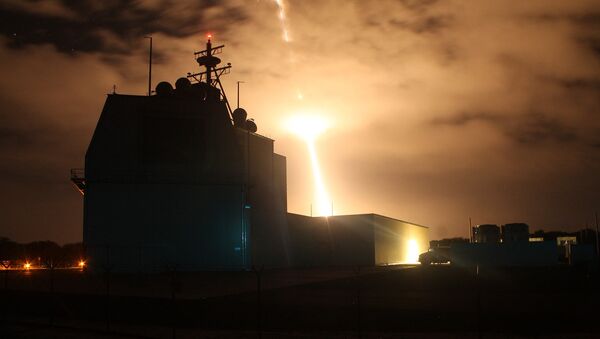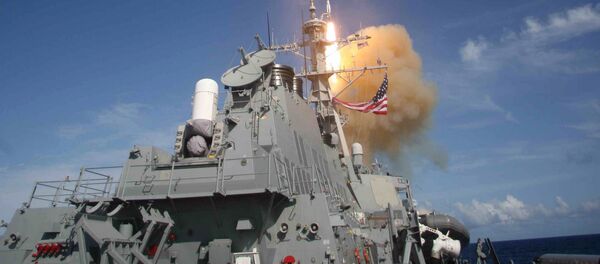As threats of intercontinental ballistic missile attacks by the People's Republic of North Korea (DPRK) continue unabated, the US, in cooperation with regional allies, is quickly developing new anti-missile defense technologies, including the ship-launched SM-3, a Raytheon Aerojet, and Mitsubishi Heavy Industries weapons collaboration program between Tokyo and Washington currently fast-tracked by the Pentagon.
The failure is the first of the SM-3 Block IIA Aegis system in its fourth — and second ship-launched — flight test.
The US Missile Defense Agency (MDA) indicated that a tactical datalink controller — the sailor who monitors encrypted data exchanged between ships and aircraft — made the mistake of incorrectly naming the test's incoming ballistic missile as friendly, which immediately caused the SM-3 missile winging its way toward the intercept target to self-destruct.
The MDA, while making no official comment on the error, issued a statement that the failure was not caused by the problems within the US Navy's SM-3 Block IIA missile system, cited by Defense News.
"Though the review is still in process, the SM-3 IIA interceptor and Aegis Combat System have been eliminated as the potential root cause," said MDA director Lieutenant General Sam Greaves.
"We are conducting an extensive review as part of our standard engineering and test processes, and it would be inappropriate to comment further until we complete the investigation."



